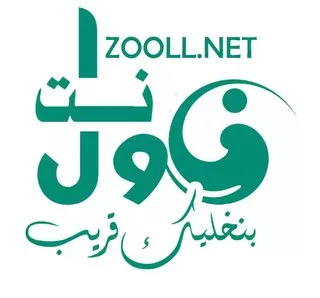The Sudanese economy between legitimate ambition and miserable reality ✍️ Professor: Fikri Kabbashi, Al-Amin Al-Arabi

Through three transformations that have characterized the development of human societies, from agricultural society to industrial society, to arrive at the cognitive society, this can be explained in the following way:
The First Transformation: Agrarian Society “This revolution first began on the banks of the great rivers of the region near the equator, the Nile, the Tigris and the Euphrates, where the soil is fertile.
The second transformation: industrial society or “machine economy”. The process of transition from the first to the second transformation (from agriculture to industry) is due to several reasons, the most important of which is the inflation of the population in populated areas; limited natural resources and their inability to provide sufficient quantities of basic necessities, as well as the extreme differentiation of populated areas in terms of available natural advantages as well as the emergence of many new sources of energy.
It was necessary to resort to the manufacturing process rather than agricultural and fishing operations, that is why the machine was used, because the machine is the foundation of the factory and the factory is the pillar of the industry.
The third transformation: the knowledge society or “knowledge economy”. The Second World War represented the third turning point, represented by the scientific or cognitive revolution. One of the most important aspects of this transformation was the work aimed at transforming knowledge into a productive force and reducing the distance between the birth of the invention and its application in the field. Only five years had passed from the discovery of the transistor to its creation. widely used industrially. In this context, Daniel Bell wrote in 1967: “The average time between the discovery of a new technological innovation and the realization of its commercial potential was thirty years between 1880 and 1919, then it decreased. to 16 years between 1919 and 1945, then to 9 years, the more the years pass, the longer the period between… Innovation and transformation towards a scientific and technical mode of production, from the stage of individual creativity to the collective stage. production during the 20th century, meaning that during the first and second transformations, individuals were the basis of invention and innovation, while under the third transformation, institutions and universities… etc. became the leaders in the production of innovative and technological industries. Several names have been used to refer to the knowledge economy, such as the information economy, the Internet economy, the digital economy and the electronic economy. All these names refer in their entirety to the knowledge economy.
If we try to project the issue to Sudan, which is essentially an agricultural society, as traces have been found indicating that the Sudanese society has known agriculture since time immemorial, this can extend to prehistoric times. Then the transition to an industrial society began, and. the process of transition from agriculture to industry in Sudan began since the early sixties and in the seventies, when we consider that it began very early compared to neighboring countries like the state of Ethiopia, which began to feel the path towards the transition from agriculture to industry or agricultural industries. We have in Sudan many models, for example but not limited to, such as the export of painted leather, as well as the manufacture of shoes as a business (the famous Bata, which covered local production, and there The cotton industry in the form of yarn and the spinning and weaving factories of the entrepreneur Khalil Othman are evidence of this. Even the ready-made clothing industry (Salwa Boutique), the ornamental cereal industry and many others. Other industries that flourished in the beginning may have taken a head start over many neighboring countries in the Arab and African region, and Sudan was supposed, due to its historical development, to be the pioneer of the knowledge economy due to its long history of universities and research institutes, especially in the field of agricultural research. The reality is that in recent years, most of Sudan's exports have become raw materials in their original form, such as leather, wheat grains and cotton. believe that this issue requires a pause in research to find out the obstacles that led to the stopping and delaying of the wheel of industry, as well as to address the issue of promoting and developing exports or industrial development of all agricultural products for the sake of self-entrepreneurship – sufficiency and preparation of production specifically for export, provided that all this is done through solid scientific studies conducted by competent university researchers, and that the executive branch must recognize that the distance between research institutions in universities and the work of science in development represents a clear goal and clear result and does not require great efforts to find out the reasons for it.




